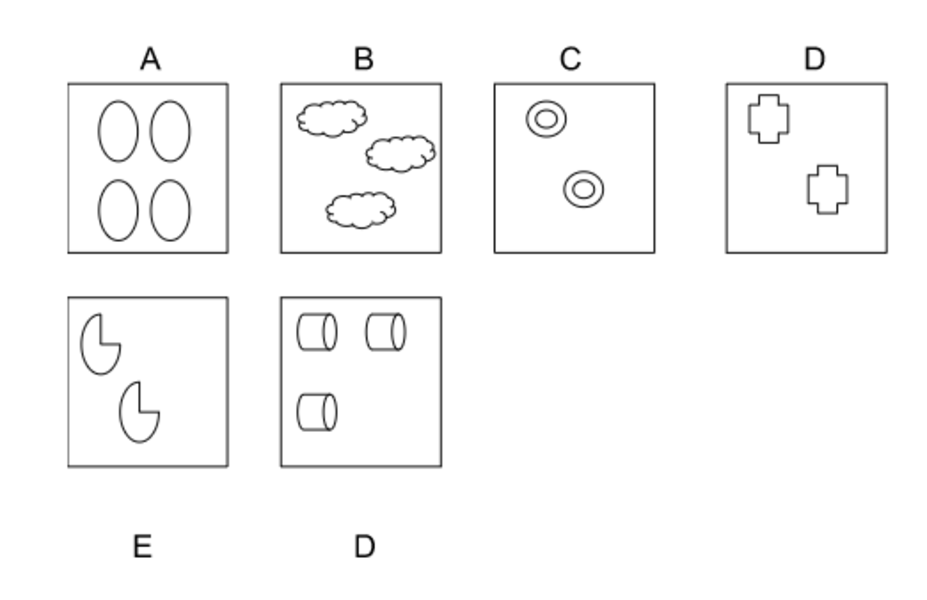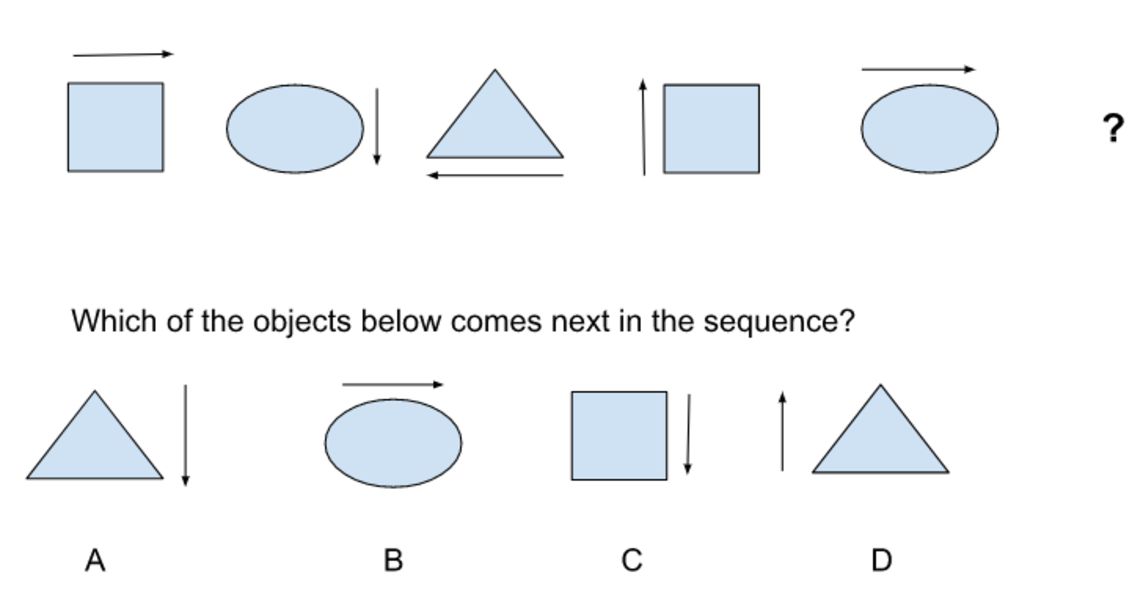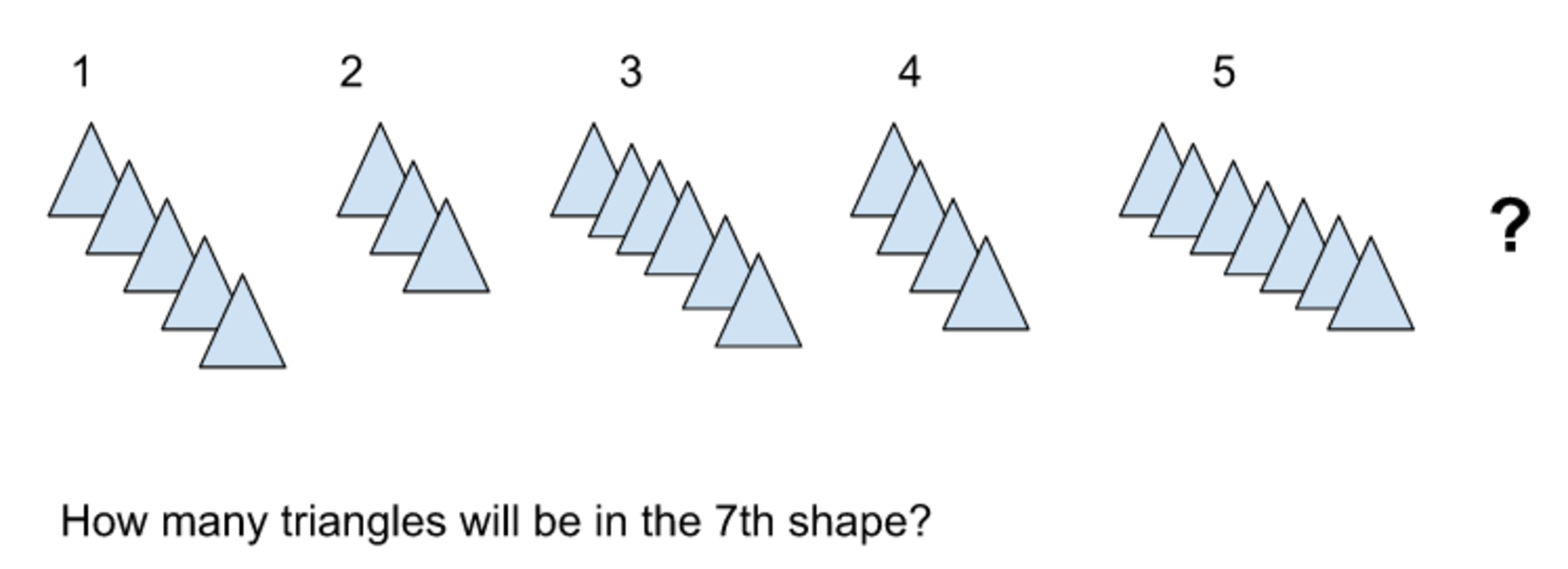What is the Morgan Stanley Inductive Reasoning Test?
The Morgan Stanley inductive reasoning test is a form of logical reasoning assessment. This test evaluates an individual’s aptitude for solving problems using non-verbal information.
The inductive reasoning test can be used to predict whether candidates can think logically and analytically by using only the information they have been given to come to logical conclusions.
The test forms part of the early stages of the Morgan Stanley recruitment process and is bespoke to the investment bank.
The assessment is used to identify those candidates in the application pool who demonstrate the required level of logical reasoning ability to carry out their role effectively. Using this type of test, Morgan Stanely can identify the best candidates to hire for its positions.
Why is the Morgan Stanley Inductive Reasoning Test important?
As an investment bank, employees at Morgan Stanely work with clients to advise on all aspects of financial transactions such as acquisitions, mergers, share purchases, and mergers.
To carry out this service effectively, Morgan Stanely requires its employees to problem solve and work flexibly with information or data that they may not be initially familiar with.
This ability to think laterally and make reasoned judgments from information is essential for many graduate and professional level roles at Morgan Stanley.
Incorporating an inductive reasoning test into the recruitment process for these positions means that as an employer, Morgan Stanely can objectively assess candidates on this essential ability.
The test results can be used to identify candidates who demonstrate this ability leading to the best hires for the business.
Difference Between Inductive & Deductive Reasoning
Employers use two types of logical reasoning tests in their recruitment process: inductive and deductive.
Tests that assess an individual’s inductive reasoning focus on their ability to read and interpret information to determine a generalized rule, fact, or pattern. Then use this to make logical conclusions from the possible answers that follow.
Deductive reasoning draws on an individual’s ability to read information to interpret the essential facts or rules, then use this to make logical conclusions from the information given.
Inductive reasoning is often called a bottom-up approach as it involves reaching conclusions based on generalizations.
Deductive reasoning uses problems solving to reach a conclusion based on specific or actual facts.
Test Format
The Morgan Stanely inductive reasoning assessment is an online timed assessment lasting 5 minutes.
The test comprises 20 questions, meaning the maximum time for each question is 15 seconds should all the questions in the test be completed. All questions are given as multiple-choice questions.
The questions in the test are presented in the form of several different objects. Examples of the objects in questions include shapes, patterns, diagrams, or sequences.
Individuals need to look at the information given to identify the rule or underlying pattern that links the images or sequences together. Then, use this to determine which of the answers given is the correct answer.
It is worth noting that different rules are applied to each question, and many questions in the test may look the same but are governed by a different rule or underlying pattern.
The objective of the test is to work quickly but accurately as negative marking applies in this test; that is, marks are deducted if you get an answer wrong.
Example Questions
The Morgan Stanley inductive reasoning test includes several different types of questions. Each question comprises information given as shapes, patterns, or sequences.
Below are examples of the types of questions you could encounter in the test.
Example question 1
Which object below does not belong according to the governing rule?
The correct answer is D.
Each of the objects in the square follows a numerical series. When moving along, the objects in each of the squares decrease and then increase by one. The objects in square D remain the same and do not decrease. This object does not follow the governing rule.
Example question 2
The correct answer is A.
The shapes alternate from a square to a circle to a triangle. The arrows rotate clockwise around the object. Based on this governing rule, answer A is the correct answer.
Example question 3
Answer: 8
The governing rule starts off by subtracting 2 triangles from the first shape, then adding 3 triangles to the following shape. Using this governing rule, shape #5 has 7 triangles. Shape #6 will be formed of 5 triangles (2 triangles subtracted from shape#5), and shape #7 will be formed of 8 triangles (3 triangles added to shape #6).
Tips to prepare for Morgan Stanley Inductive Reasoning Test
The Morgan Stanely inductive reasoning assessment is a test that comprehensively assesses your inductive reasoning ability. Many of us use inductive reasoning in our daily lives, but this assessment can seem daunting in a test situation. Here are some tips to help you perform to the best of your natural ability.
1. Keep Calm
If you feel the test isn’t going as well as you’d like, keep calm and don’t dwell on the questions. Concentrate on each question, and use strategies to keep your nerves in check, so you can fully focus on letting your natural ability shine through.
2. Get into the right frame of mind by practicing inductive reasoning tests
It is essential to practice inductive reasoning tests before taking the test itself. When in a test environment, it is easy to panic. Ensuring you become familiar with the format, the style of questions, and what the questions are asking helps you get into the right frame of mind for the test.
3. Practice under timed conditions
The Morgan Stanley inductive reasoning test is a timed assessment. When practicing tests, do so under timed conditions. This simulates the time pressure you will feel when taking the test and enables you to become familiar with how you react under this time pressure. You can then use this to your advantage in developing strategies to help you keep calm.
4. Focus on one characteristic at a time
If you find it challenging to identify the rule in the information given, focus on one characteristic at a time, such as shape or color. If you determine that this characteristic isn’t applicable, then you can move on to the following characteristic in deciphering the governing rules between the pieces of information.
5. Pay attention to each question
It is essential that you read each question and the answers carefully. Understanding the meaning of what is being asked of you before analyzing the information enables you to avoid wasting precious time due to misinterpreting the question.




